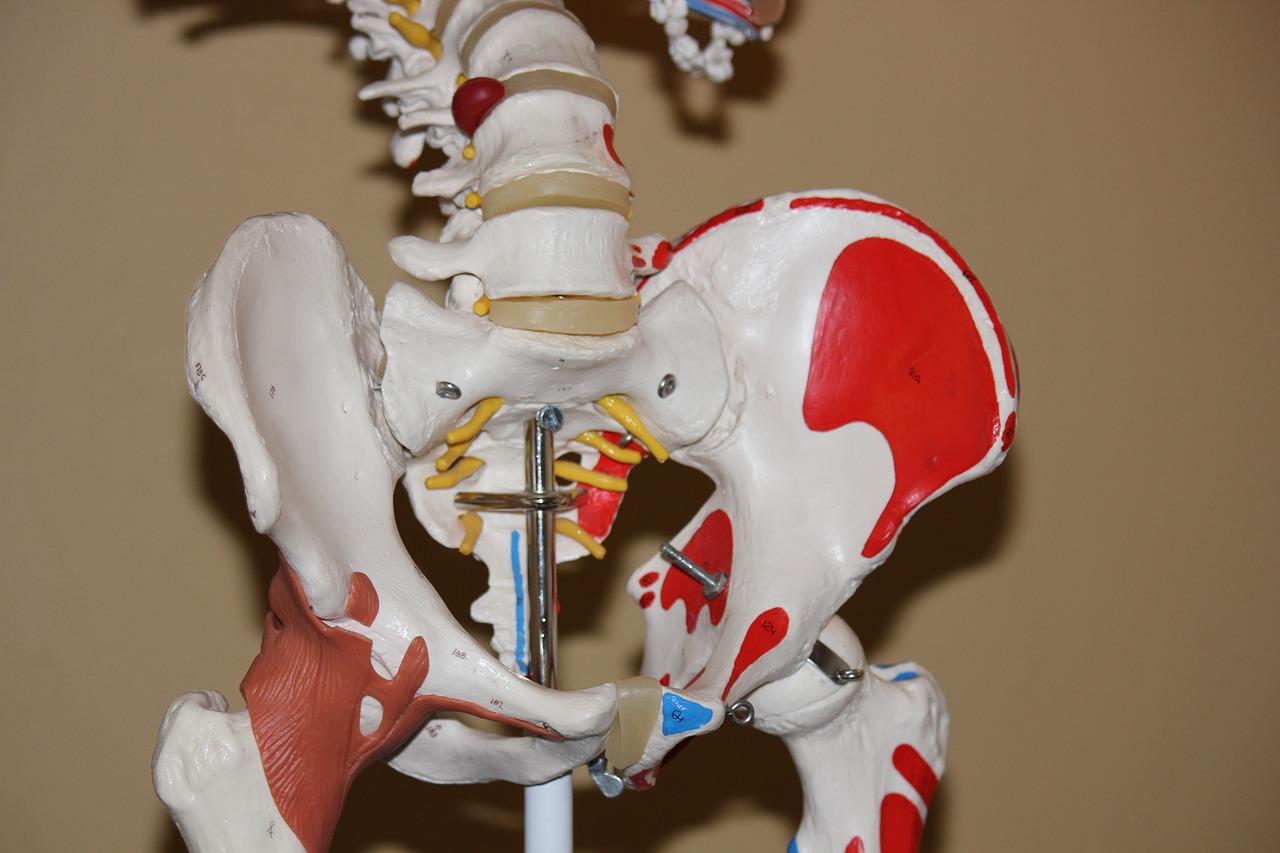What are hips good for? Well for one, they obviously help you hula hoop and dance in front of the mirror! But all jokes aside, hips aid in movement and help stabilize the lower body. We all use our hips every day, so it is good to learn about the basics of hip pain!
To learn more about hip pain, we have to be familiar with the terms bursae and bursitis. Bursae are small fluid-filled sacs, which are located throughout the body near your shoulders, hips, and knees, that help cushion your bones and muscles. Bursitis is the inflammation or irritation of bursae. A common cause of hip pain is trochanteric bursitis, which affects the pointy part of the thigh bone called the greater trochanter. Trochanteric bursitis, also known as hip bursitis, more commonly affects women and older adults. Some causes of hip bursitis are falling down on the hip, sitting with bad posture, or any previous surgery around the hip area. In addition, one reason this injury affects older people more is due to repetitive stress on the hip from running or frequently standing.
Image Source: Caiaimage/Paul Bradbury
Symptoms of hip bursitis include sharp pain outside of the hip and discomfort while lying down. You may experience pain while walking or rising from a seated position. Ways to treat the injury involve getting plenty of rest and icing the area in pain. In addition, anti-inflammatory medication can help ease pain and irritation. Often times with injuries like hip bursitis, your mobility can be impacted in the long-term. Thus, physical therapy may be needed to improve mobility and hip strength.
Prevention techniques you can take involve maintaining good posture and avoiding repetitive stress on the hips. If you feel pain, remember to rest and take it slow. It’s also important to maintain a healthy balance of exercise or yoga to increase flexibility and strength in the hips. Even though hip bursitis usually affects the elderly, younger adults should learn about hip pain and the effects of hip bursitis. You never know – one day it could affect you or someone you know!
Feature Image Source: IAOM-US










